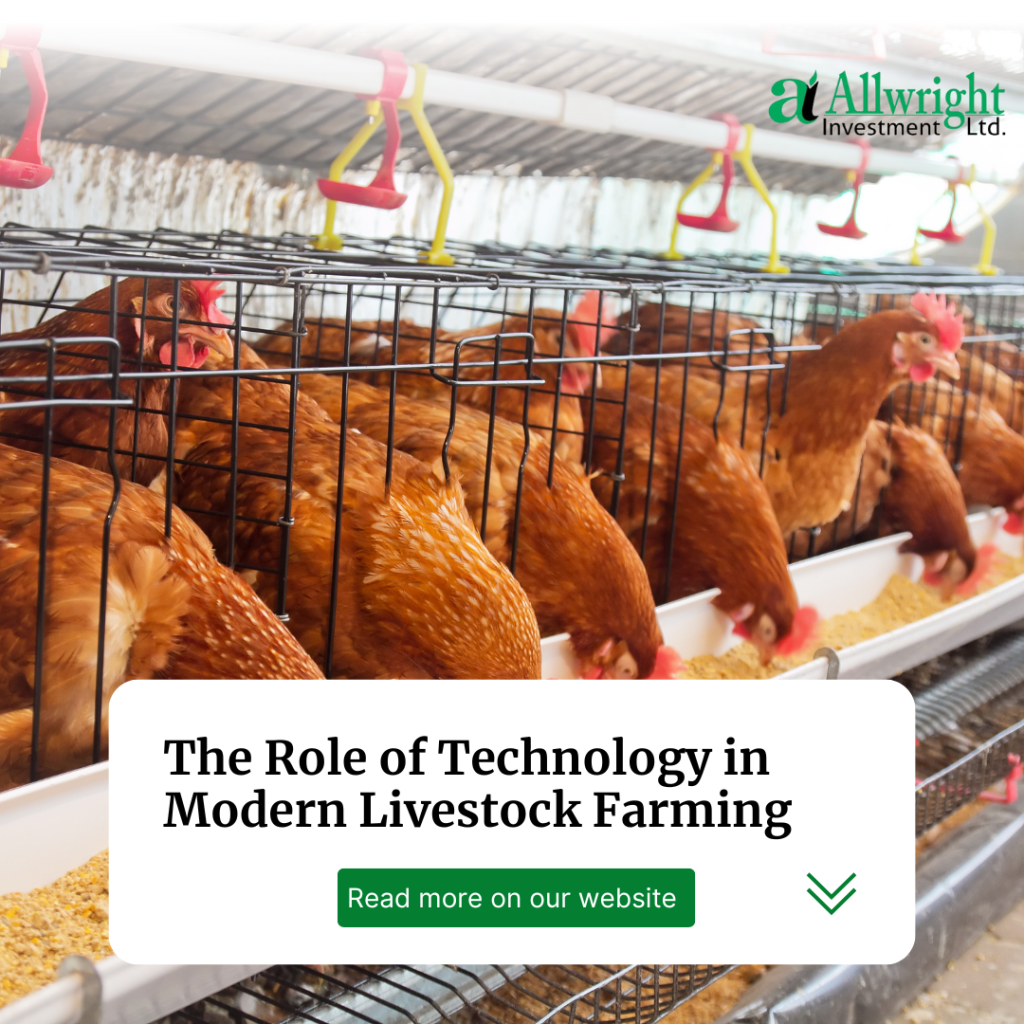Principles of Sustainable Livestock Farming

Sustainable Livestock Farming: Balancing Productivity and Environmental Stewardship
As the global demand for meat, dairy, and other animal products continues to rise, the livestock farming industry faces increasing pressure to meet this demand while minimizing its environmental impact. Sustainable livestock farming is no longer just a buzzword—it’s a necessity for the future of agriculture. By adopting practices that prioritize animal welfare, environmental conservation, and economic viability, farmers can play a crucial role in creating a more sustainable food system.
In this blog post, we’ll explore the principles of sustainable livestock farming, the challenges it addresses, and practical steps farmers can take to implement these practices on their operations.
What is Sustainable Livestock Farming?
Sustainable livestock farming focuses on producing animal products in ways that are environmentally friendly, socially responsible, and economically viable. It aims to:
- Reduce greenhouse gas emissions.
- Conserve natural resources like water and soil.
- Promote animal welfare.
- Support rural communities and livelihoods.
Key Challenges in Livestock Farming
- Greenhouse Gas Emissions: Livestock farming contributes significantly to methane and nitrous oxide emissions, which are potent greenhouse gases.
- Land Degradation: Overgrazing and deforestation for pastureland can lead to soil erosion and loss of biodiversity.
- Water Usage: Livestock farming requires large amounts of water for animal drinking, feed production, and processing.
- Waste Management: Manure and other waste products can pollute water sources if not managed properly.
Principles of Sustainable Livestock Farming
1. Efficient Resource Use
- Optimize Feed Efficiency: Use high-quality, locally sourced feed to reduce the environmental footprint of feed production.
- Water Conservation: Implement water-saving technologies like drip irrigation for feed crops and rainwater harvesting systems.
2. Rotational Grazing
Rotational grazing involves moving livestock between pastures to allow vegetation to recover. This practice:
- Improves soil health.
- Reduces overgrazing.
- Enhances carbon sequestration in the soil.
3. Manure Management
Proper manure management can turn waste into a valuable resource:
- Use manure as organic fertilizer for crops.
- Implement biogas systems to convert manure into renewable energy.
- Store and handle manure to prevent runoff and water pollution.
4. Integrated Farming Systems
Combine livestock farming with crop production to create a closed-loop system:
- Use crop residues as animal feed.
- Apply manure as fertilizer for crops.
- Diversify farm income and reduce dependency on external inputs.
5. Animal Welfare
Healthy, well-cared-for animals are more productive and have a lower environmental impact:
- Provide adequate space, shelter, and nutrition.
- Minimize stress and disease through proper management.
- Avoid overuse of antibiotics and hormones.
6. Biodiversity Conservation
- Preserve natural habitats on farmland.
- Plant trees and shrubs to create windbreaks and provide shade.
- Avoid monoculture practices that reduce biodiversity.
7. Renewable Energy
- Invest in solar, wind, or biogas systems to power farm operations.
- Reduce reliance on fossil fuels and lower greenhouse gas emissions.
8. Climate-Smart Practices
- Breed livestock for heat tolerance and disease resistance.
- Implement practices that enhance soil carbon storage, such as agroforestry and cover cropping.
Benefits of Sustainable Livestock Farming
- Environmental Protection: Reduces greenhouse gas emissions, conserves water, and protects soil health.
- Economic Resilience: Lowers input costs and diversifies income streams.
- Social Responsibility: Supports rural communities and promotes fair labor practices.
- Consumer Trust: Meets the growing demand for ethically and sustainably produced food.
Practical Steps to Get Started
- Conduct a Farm Audit: Assess your current practices and identify areas for improvement.
- Set Goals: Define clear sustainability objectives, such as reducing water usage or improving soil health.
- Educate Yourself: Attend workshops, read research, and learn from other sustainable farmers.
- Collaborate: Work with local organizations, government programs, or certification bodies to access resources and support.
- Monitor Progress: Track your farm’s performance using metrics like carbon footprint, water usage, and animal health.
Final Thoughts
Sustainable livestock farming is not just about protecting the environment—it’s about ensuring the long-term viability of the farming industry. By adopting sustainable practices, farmers can improve their operations, meet consumer demands, and contribute to a healthier planet.
The journey toward sustainability may require changes in mindset and practices, but the rewards are well worth the effort. Together, we can create a future where livestock farming thrives in harmony with nature.
What steps have you taken to make your farm more sustainable? Share your experiences and ideas in the comments below! Let’s inspire each other to build a more sustainable and resilient agricultural system.

